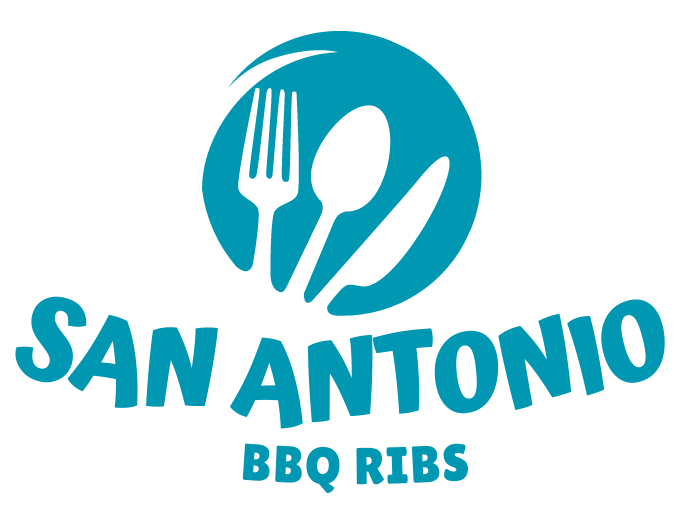Collard Greens for Dogs:
Collard greens are leafy greens that have become increasingly popular in recent times. As a pet parent, you might be wondering if it’s safe to share these vitamin-rich vegetables with your furry friend. The good news is that collard greens can be an excellent addition to your dog’s diet when served appropriately.
Preparing Dog-Friendly Collard Greens:
Before serving collard greens to your four-legged buddy, be sure to wash them thoroughly and remove any hard stems or thick veins that could cause digestive issues. You can then chop the leaves into bite-sized pieces and either serve them raw or cooked. Avoid adding seasonings or spices as they may upset your dog’s stomach.
Nutritional Benefits of Collard Greens for Dogs:
Apart from being low in calories, collard greens contain vitamins A, C and K, folate, potassium and calcium which are critical for your dog’s overall health. Vitamin A helps maintain healthy eyesight while Vitamin K promotes blood clotting functions.
Serving Suggestions for Dog-Friendly Collard Greens:
If this is your dog’s first time having collard greens, start by giving small portions at first to avoid digestive problems. You can mix these greens into their regular dry food or give them as treats between meals. Be mindful that overdoing it on the collard greens can lead to an upset stomach for your furry friend. Therefore, moderation is key when feeding leafy greens to pets!
Get ready to guiltily stare at your dog while they devour their healthier-than-yours collard greens.
Preparing Collard Greens For Dogs
To cater to the dietary needs of your furry friend, it is essential to understand how to prepare collard greens. Collard greens are rich in vitamins and minerals that dogs need for their overall health. Here’s a simple guide to making dog-friendly collard greens:
- Wash the collard greens thoroughly under running water.
- Boil water in a pot and add the collard greens.
- Cook them until they are soft and tender.
- Cut them into bite-sized pieces appropriate for your dog’s size.
- Mix them with your dog’s regular food or serve as a standalone snack.
- Store leftovers in an airtight container in the refrigerator.
It’s noteworthy that you should not season the collard greens with any herbs or spices when preparing them for your dog because some herbs can be toxic to canines if consumed in excess.
Lastly, consider feeding collard greens to your dog in moderation, especially if they have digestive problems, as too much fiber can cause diarrhea or upset stomachs.
These collard greens are so dog-friendly, your pooch might just start begging for seconds.
Dog-Friendly Collard Greens Recipes
Collard greens are a nutrient-dense vegetable that can be included in dog’s diet. Here are some recipes that are safe and healthy for dogs to consume.
- Recipes for collard greens and chicken: Cook half a pound of chopped chicken breast, add 4 cups of sliced collard greens, 2 peeled and sliced carrots, and half a cup of water. Simmer until the veggies are tender.
- Veggie mix with collard greens: Mix 1 cup of cooked rice, 1 cup of cooked kidney beans, half a cup of chopped collard greens, half chopped sweet potato, and grated apple or pear as a sweet topping.
- Collard green frozen snacks: Blend one-half cup of cooked peas, one-half cup blanched collard greens into puree consistency with water or veggie broth. Freeze it in an ice cube tray and feed whenever required.
While feeding collard greens to dogs, make sure they are washed thoroughly and without seasoning or oil. Always consult with your vet before changing your dog’s diet.
“A study conducted by BMC Veterinary Research found that adding vegetables like collard greens in dogs’ diets helped lower the risk of certain diseases.”
If your dog’s tail wags faster than a blender on high speed when they see the collard greens, you know you’ve served them right.
Serving Collard Greens to Dogs
Serving Collard Greens to Your Canine Companion
Collard greens are a nutritious vegetable that can offer several health benefits to dogs. Here are some points to consider when serving collard greens to your canine companion:
- Collard greens should only be served in moderation as they contain oxalates, which can potentially cause kidney damage.
- Cooked collard greens are preferable over raw because it improves their digestibility.
- Addition of spices and seasonings should be avoided as they might not sit well with your pet’s stomach.
- Introducing new foods gradually will make it easier for your dog’s digestive system to adjust and reduce the risk of any negative reactions.
It is also important to consider other factors like the age, weight, and overall health condition of your dog before deciding on adding collard greens or any new food item into their diet.
It’s worth noting that the effectiveness of collard greens in maintaining your pet’s health is still a topic under research. As such, it may be best to consult with a veterinarian beforehand.
I once came across a situation where an owner of a large hound breed was feeding his pet excessive amounts of collard greens thinking that it would promote its overall well-being. Unfortunately, it ended up causing kidney complications which could have been avoided had they known the proper serving sizes. So keep in mind that while adding collard greens to your dog’s meal plan can have proven benefits, doing so cautiously and in measured amounts is essential for their health and wellbeing.
Who says dogs can’t go green? Collard greens just became their new favorite recipe.

